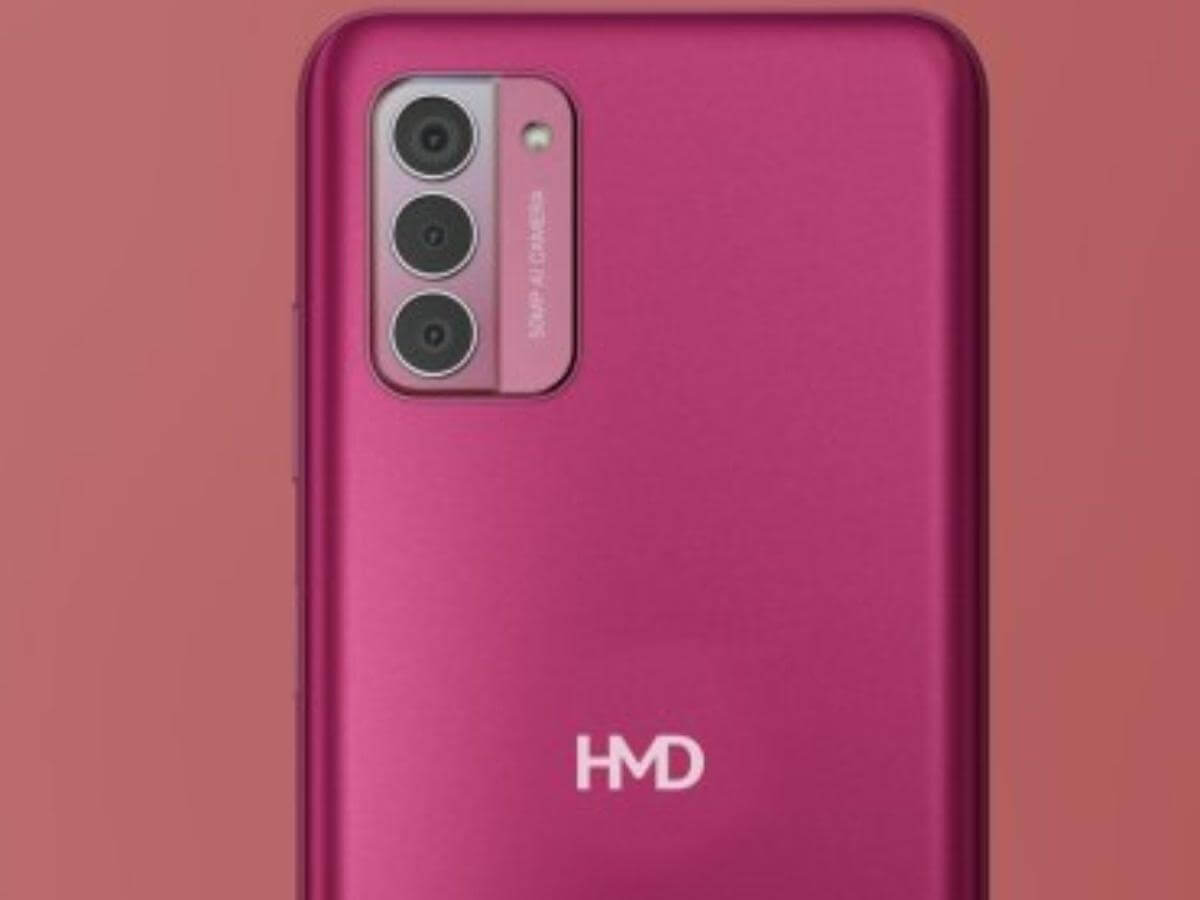HMD Global, the brand behind Nokia-branded smartphones, is making a bold move by reviving the concept of modular phones with its new “Fusion” device. This innovative phone allows users to swap out different components, offering a level of customization not seen in the mainstream smartphone market.
Lessons Learned: The concept of modular phones isn’t entirely new. Several attempts have been made in the past, most notably by companies like Project Ara and LG. However, these attempts ultimately fell short due to challenges like limited customization options, compatibility issues, and high costs.
A New Approach: HMD Global seems to have learned from past mistakes and is taking a different approach with the Fusion. The company is focusing on a modular back panel that can be swapped out, allowing users to:
- Personalize their phone’s aesthetics: Choose from a variety of back panels with different colors, materials, and finishes.
- Enhance functionality: Opt for back panels with integrated features like a larger battery, a dedicated camera module, or even a wireless charging pad.
Openness and Collaboration:
Unlike previous attempts, HMD Global is reportedly open to third-party developers creating and selling modular components for the Fusion. This open approach could foster innovation and offer users a wider range of customization options in the future.
Cautious Optimism: While the Fusion represents an exciting step forward in the world of mobile technology, there are still questions to be answered. The availability and cost of these modular back panels will be crucial factors in determining the success of the concept. Additionally, concerns regarding durability and long-term software support for the device need to be addressed.
A Glimpse into the Future?: The Fusion could mark a turning point in smartphone design, offering users greater control over their devices and fostering a more open and collaborative mobile ecosystem. However, only time will tell if HMD Global can overcome the challenges and successfully revive the concept of modular phones in the long term.





